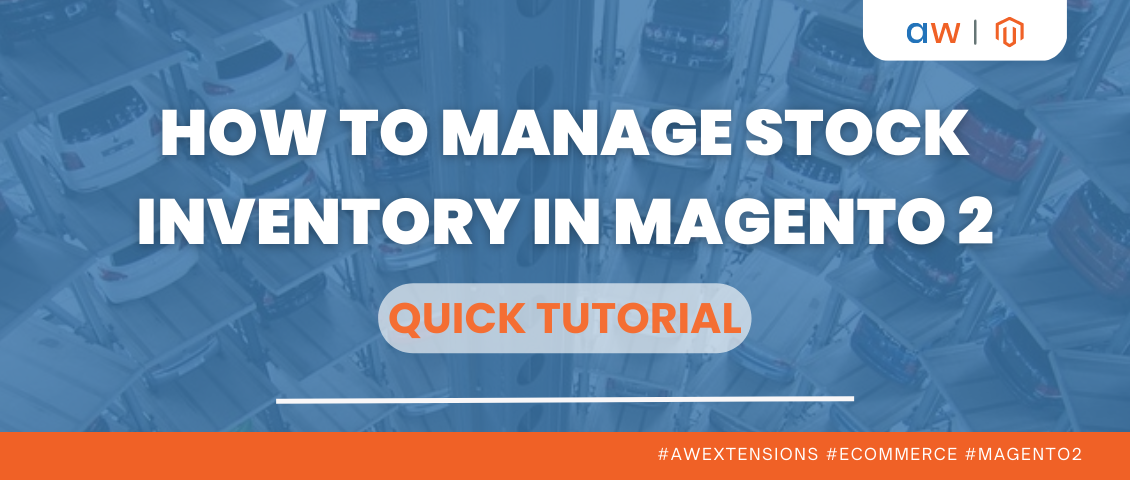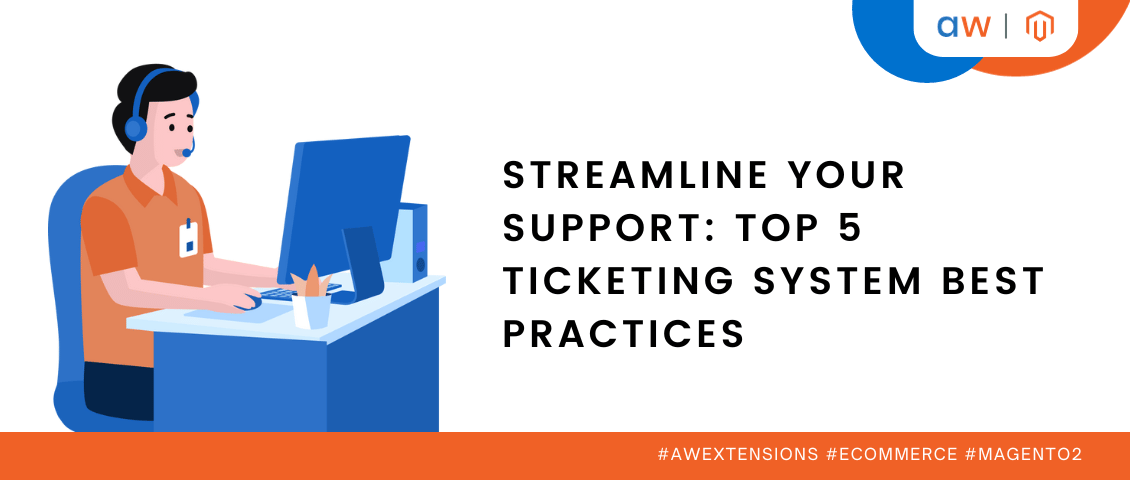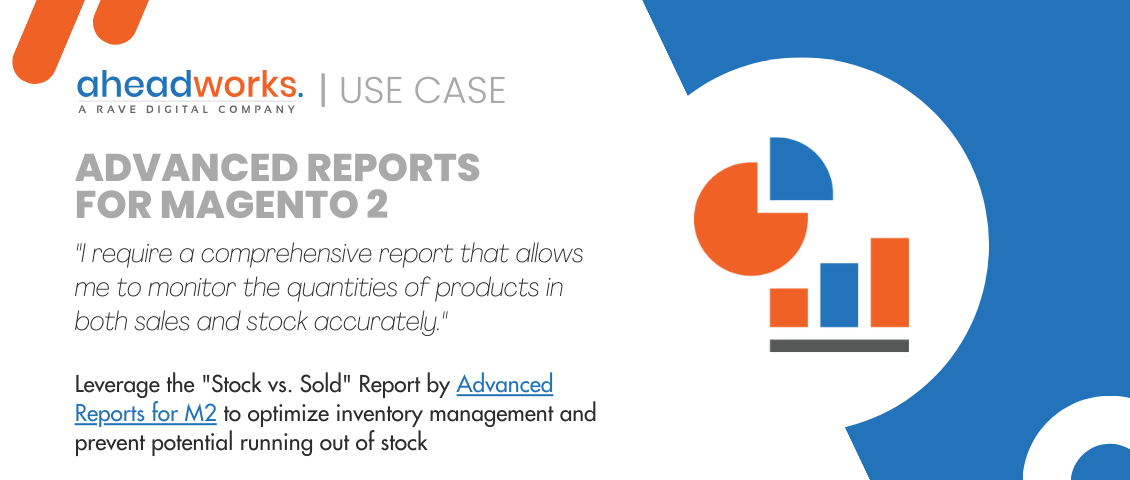
Magento Commerce and Magento Open Source Today: What’s Changed with The Release of Magento 2.2
Categorized as : Ecommerce
As you already know the Magento team has renamed its products just recently.

Now, the CMS is available as Commerce Edition (formerly Enterprise Edition) and Open Source Edition (formerly Community Edition).
Lately, the team introduced the release candidate of its platform – Magento 2.2 that should provide users with a whole new experience of work with the platform. In this article, we will find out what to expect with this new release. But first, let’s remember how it all began.
The first version of Magento 2 was released in 2015. For the Magento team, it was a fresh start, a cardinal rethinking of work.
With the new version of the platform, the absolutely new structure of directories was introduced to users. The interface become more user-friendly, as it was made more intuitive. Moreover, the developers added the whole set of the latest web technologies, including HTML5, CSS, PHP 5.5, PSR, etc. The default JavaScript library was replaced by jQuery.
To improve the security issues, the Magento team added the support of such payment systems as Braintree, PayPal, and Authorize.net – they all become accessible by default. Enterprise Edition (now, this is Commerce Edition) also supported CyberSource and WorldPay.
With the release of Magento 2.1, the usability and security issues were improved even more. The developers changed management interfaces, which made the operations on creating, changing product categories, and searching smoother. PayPal customers were no longer needed to leave a store to make a purchase – they could proceed to payments right from the order page.
So, what’s new in the latest version? We will consider each edition separately.
In this new Magento Commerce Edition, several new features were added and some old were improved. The main changes include:
Some new features of the Magento Commerce Edition were included in the Magento Open Source Edition as well:
The Magento team continues to refine its platform making it better for businesses and their customers. With this update, online stores will receive new opportunities for conducting business not only in the B2C area but in the B2B domain as well (thanks to the added B2B features) – that is why we are talking about a completely new experience of work with Magento 2.
There’s no limit to perfection, and with every new release, Magento proves it to everyone.

Now, the CMS is available as Commerce Edition (formerly Enterprise Edition) and Open Source Edition (formerly Community Edition).
Lately, the team introduced the release candidate of its platform – Magento 2.2 that should provide users with a whole new experience of work with the platform. In this article, we will find out what to expect with this new release. But first, let’s remember how it all began.
The Evolution of Magento 2
The first version of Magento 2 was released in 2015. For the Magento team, it was a fresh start, a cardinal rethinking of work.
With the new version of the platform, the absolutely new structure of directories was introduced to users. The interface become more user-friendly, as it was made more intuitive. Moreover, the developers added the whole set of the latest web technologies, including HTML5, CSS, PHP 5.5, PSR, etc. The default JavaScript library was replaced by jQuery.
To improve the security issues, the Magento team added the support of such payment systems as Braintree, PayPal, and Authorize.net – they all become accessible by default. Enterprise Edition (now, this is Commerce Edition) also supported CyberSource and WorldPay.
With the release of Magento 2.1, the usability and security issues were improved even more. The developers changed management interfaces, which made the operations on creating, changing product categories, and searching smoother. PayPal customers were no longer needed to leave a store to make a purchase – they could proceed to payments right from the order page.
So, what’s new in the latest version? We will consider each edition separately.
Magento Commerce Edition 2.2
In this new Magento Commerce Edition, several new features were added and some old were improved. The main changes include:
- New B2B features. From now on, businesses don’t have to worry about the issue of building a Magento 2 B2B website, as it’s no longer costly and complicated - the team embedded the account management function feature in the system. B2B business owners can manage their quotes, product catalogs, and credit lines right from the dashboard. Company, SharedCatalog, CompanyCredit, NegotiableQuote APIs have been added.
- Anti-fraud protection system. Magento also took care of the fraud issue by integrating the Signifyd fraud protection with its platform. The protection system analyses all orders and rejects those that are potentially scammy to make your business fully protected against false refund claims.
- Enhanced development. With this new release, developers receive the improvements in the customization, logging, and security processes. Moreover, the Magento team added the Mass Asynchronous Operations feature that increases scalability for time-consuming processes.
- Compatibility with the latest technologies. From now on, the CMS supports the latest versions of PHP (7.1), Redis (3.2), MySQL (5.7), and Varnish (5). The new version covers all third-party libraries as well.
- Dividing build and deployment processes between servers. Build processes that are more resource-consuming can now run on the build server accordingly. The deployment process, in turn, is easily configurable for different environments.
- Improved operations with indexing, cache, and carts. From now on, your customers can make purchases while indexes are running. Cache memory is also used more rationally, as long-running indexes operate in groups. With an improved cart, users can put more than 300 items in their carts.
Magento Open Source Edition 2.2
Some new features of the Magento Commerce Edition were included in the Magento Open Source Edition as well:
- Improved functionality for developers, including better customization, logging, and debugging;
- Added support of the latest versions of PHP, MySQL, Varnish, and Redis;
- Separated deployment and build stages. High load operations can be performed on the dedicated build server.
- Significantly improved indexing, cart, and cache operations.
What does it mean to businesses?
The Magento team continues to refine its platform making it better for businesses and their customers. With this update, online stores will receive new opportunities for conducting business not only in the B2C area but in the B2B domain as well (thanks to the added B2B features) – that is why we are talking about a completely new experience of work with Magento 2.
There’s no limit to perfection, and with every new release, Magento proves it to everyone.











